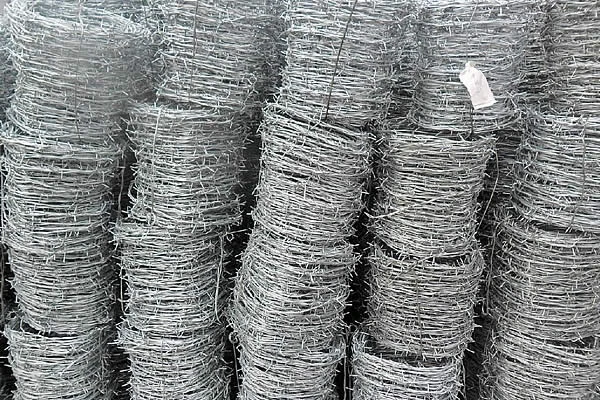 TEL:
+86-13102802206
TEL:
+86-13102802206
 Email:
fencenetting@china.com
Email:
fencenetting@china.com
 Language
Language
 TEL:
+86-13102802206
TEL:
+86-13102802206
 Email:
fencenetting@china.com
Email:
fencenetting@china.com
 Language
Language


Understanding Horizontal Batten Fences A Stylish and Functional Choice
Fencing plays a fundamental role in defining the aesthetics and functionality of residential and commercial properties. Among the various styles available, the horizontal batten fence has gained popularity due to its sleek and contemporary look, offering both privacy and security while enhancing the overall visual appeal of the property. In this article, we will delve into the characteristics, benefits, installation, and maintenance of horizontal batten fences.
What Is a Horizontal Batten Fence?
A horizontal batten fence is characterized by its slats that are arranged horizontally rather than the traditional vertical orientation. The slats, or battens, can vary in width, spacing, and material, providing a range of design possibilities. Often made from wood, composite materials, or metal, these fences can complement a modern landscape while providing a sense of enclosure and protection.
Benefits of Horizontal Batten Fences
1. Aesthetic Appeal One of the primary reasons homeowners opt for horizontal batten fences is their modern and elegant appearance. The horizontal lines can create an illusion of space, making areas feel larger and more open. This makes them an ideal choice for contemporary homes and minimalist landscapes.
2. Privacy Horizontal batten fences can be designed to provide ample privacy. By adjusting the spacing between the slats, homeowners can control visibility from outside, effectively creating a secluded space for relaxation or entertaining.
3. Versatility These fences are available in various materials, allowing for customization based on personal preference and the surrounding environment. Wood offers a natural aesthetic, while metal and composite materials can add industrial or eco-friendly touches, making them suitable for a range of architectural styles.
4. Durability Depending on the materials used, horizontal batten fences can be incredibly durable. Treated wood, metal, or high-quality composites can withstand harsh weather conditions, ensuring longevity and reducing the need for frequent replacements.
5. Easy Installation Compared to some other fencing styles, horizontal batten fences can be easier to install. With proper tools and planning, many homeowners choose to undertake the installation themselves, saving on labor costs.

Installation and Maintenance
Installing a horizontal batten fence requires proper planning and preparation. Here are some essential steps to consider
1. Planning Determine the purpose of the fence—whether for privacy, decoration, or to contain pets. This will help decide on the height, material, and spacing of the battens.
2. Permits Check local zoning laws and property lines to ensure compliance with regulations. Some areas may require permits or specific height restrictions.
3. Materials Select the appropriate materials based on aesthetics and function. Quality materials will lead to greater durability and require less maintenance.
4. Installation Begin by setting the posts at equal intervals. Attach the horizontal battens securely, ensuring they are level and aligned to maintain a uniform appearance. Use weather-resistant materials to enhance the fence's lifespan.
5. Maintenance Depending on the materials used, maintenance can vary. Wooden fences may require periodic sealing or staining to protect against moisture and decay, while metal and composite options generally need minimal upkeep. Regular inspections for wear and tear will ensure the fence remains in top condition.
Conclusion
Horizontal batten fences are an excellent choice for homeowners looking to elevate the aesthetics of their property while providing practical benefits such as privacy and security. With a versatile range of materials and designs, these fences cater to various tastes and styles, making them a popular option in modern landscaping. By understanding the installation and maintenance requirements, homeowners can enjoy the timeless beauty and functionality of a horizontal batten fence for years to come.